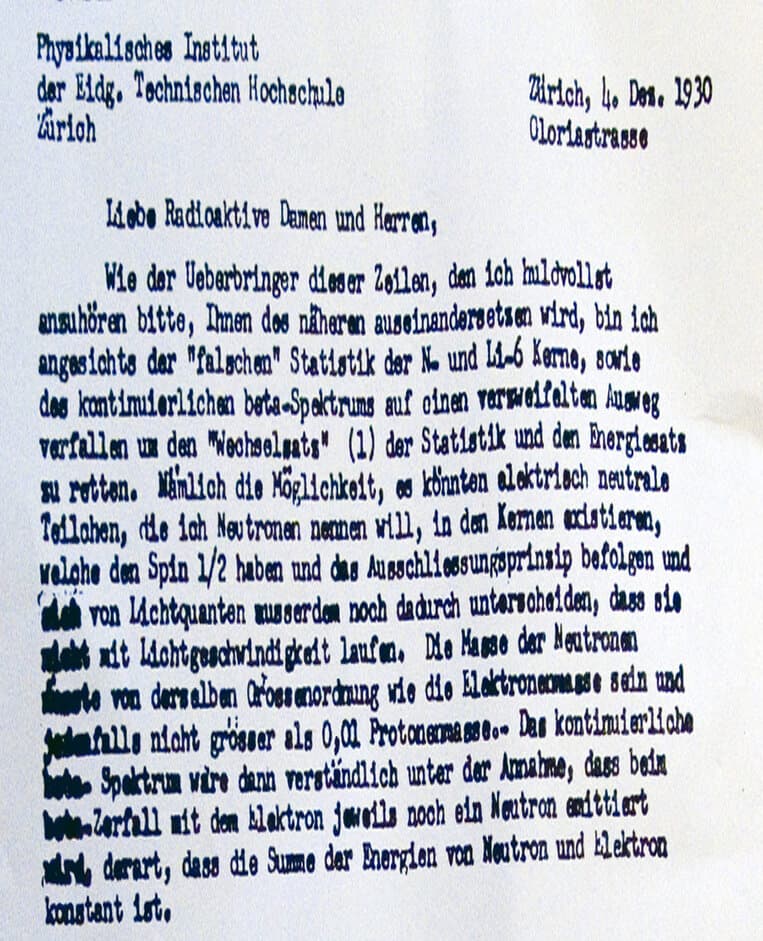 1930 THE FORMATION OF AN IDEA
1930 THE FORMATION OF AN IDEA 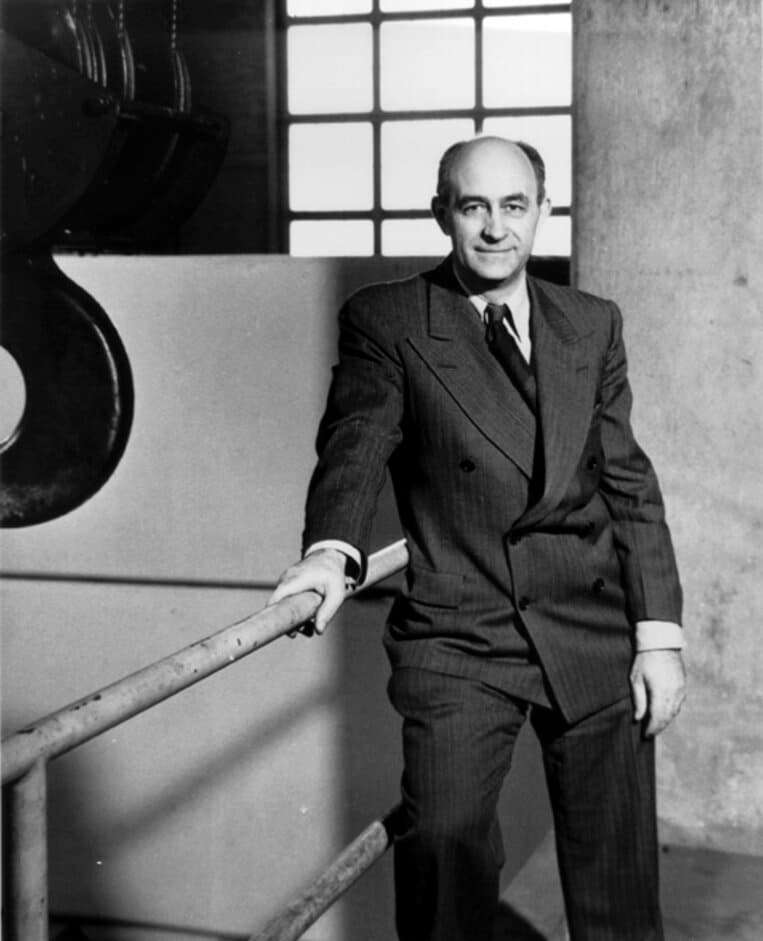 1934 NEUTRINO HAS BEEN DESCRIBED
1934 NEUTRINO HAS BEEN DESCRIBED 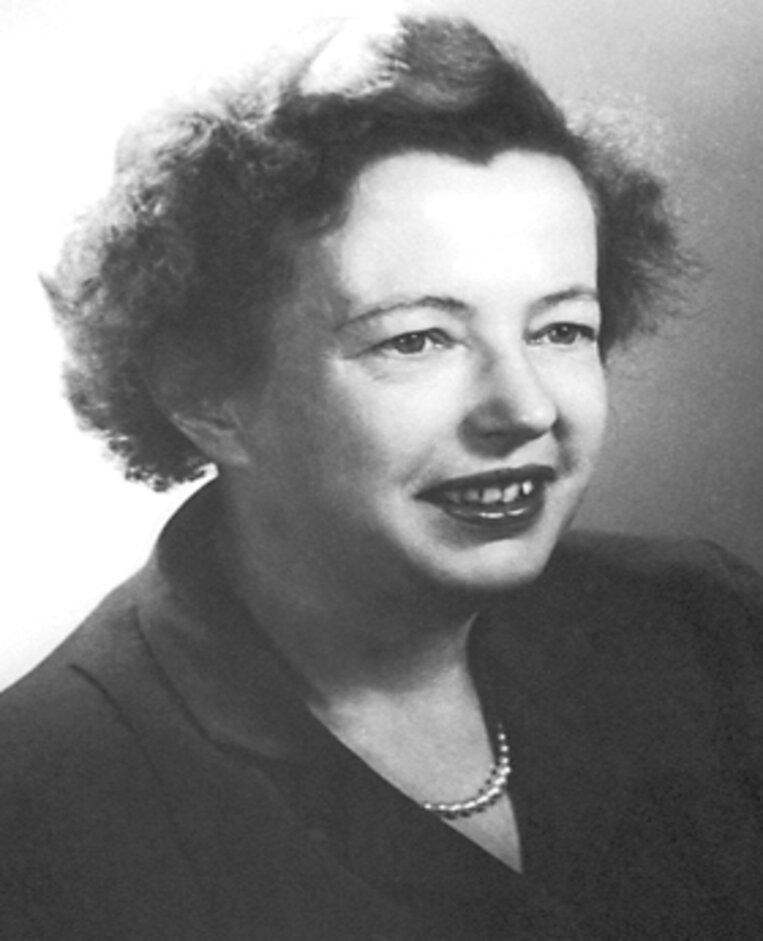 1935 NEUTRINOS, DOUBLE BETA DECAY
1935 NEUTRINOS, DOUBLE BETA DECAY 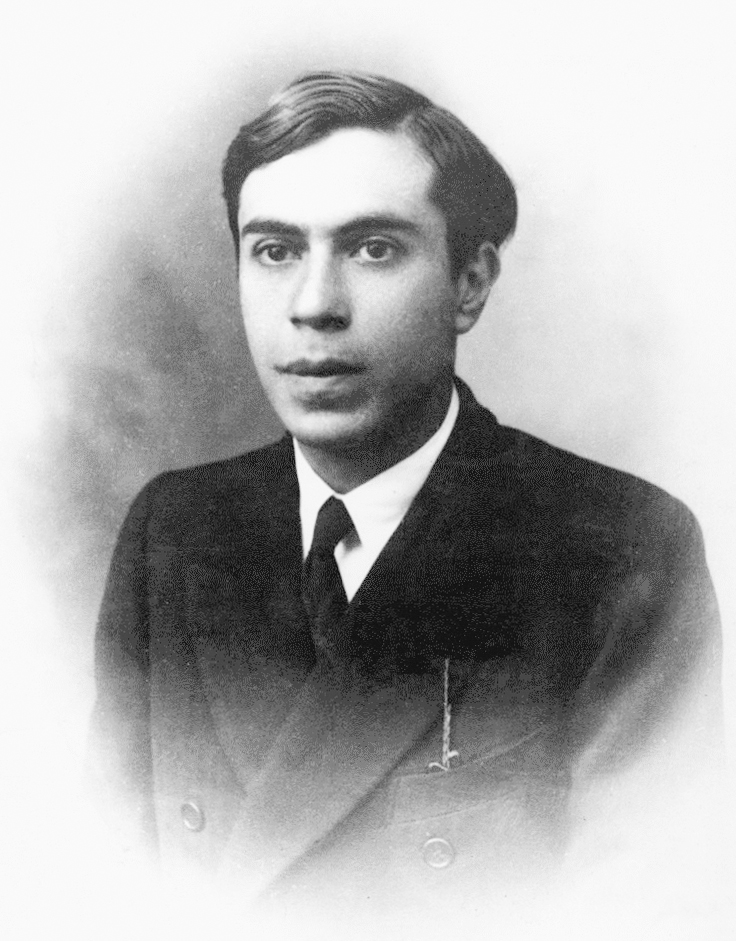 1937 DESCRIBED MAJORANA PARTICLES
1937 DESCRIBED MAJORANA PARTICLES 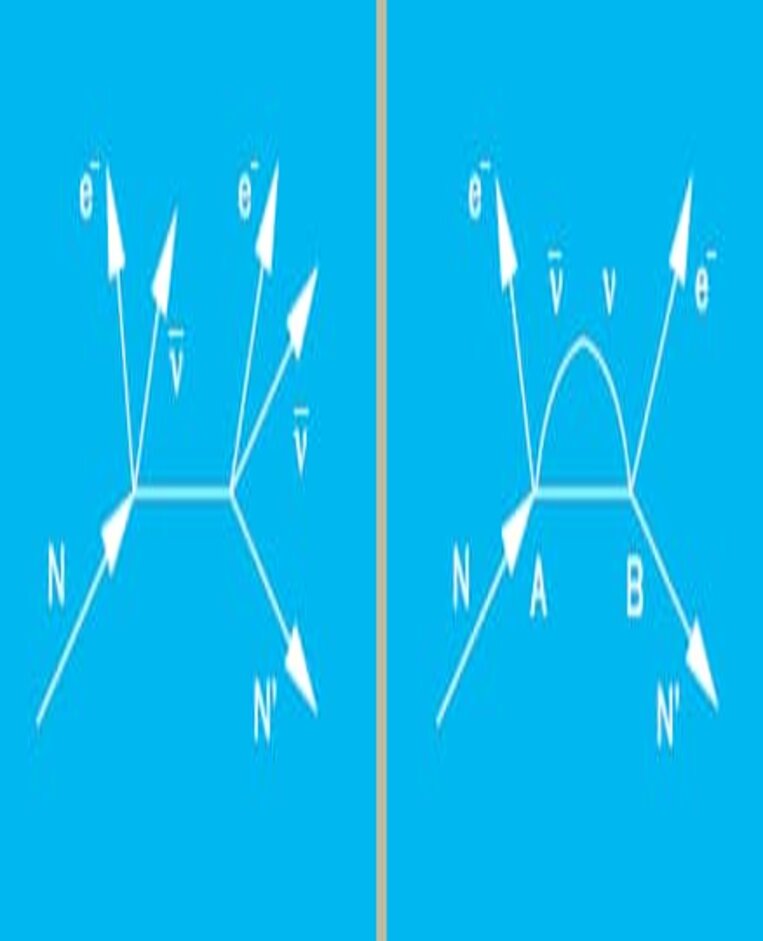 1939 DECAY OF NEUTRINOLESS DOUBLE BETA
1939 DECAY OF NEUTRINOLESS DOUBLE BETA 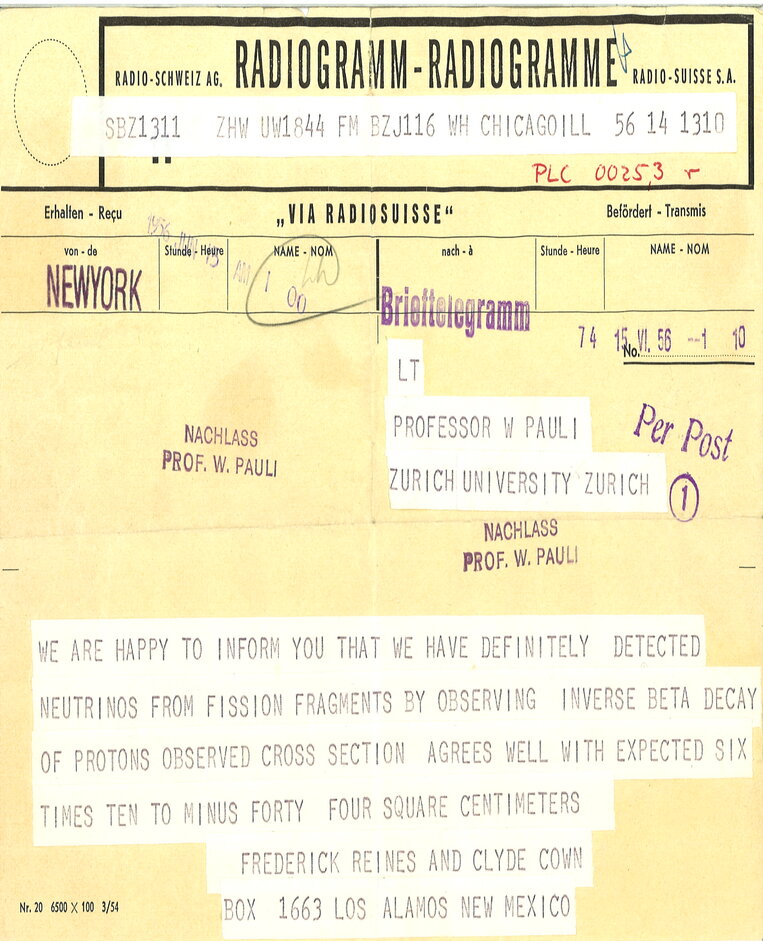 1956 EXPERIMENTAL EVIDENCE FOR THE FIRST TIME
1956 EXPERIMENTAL EVIDENCE FOR THE FIRST TIME 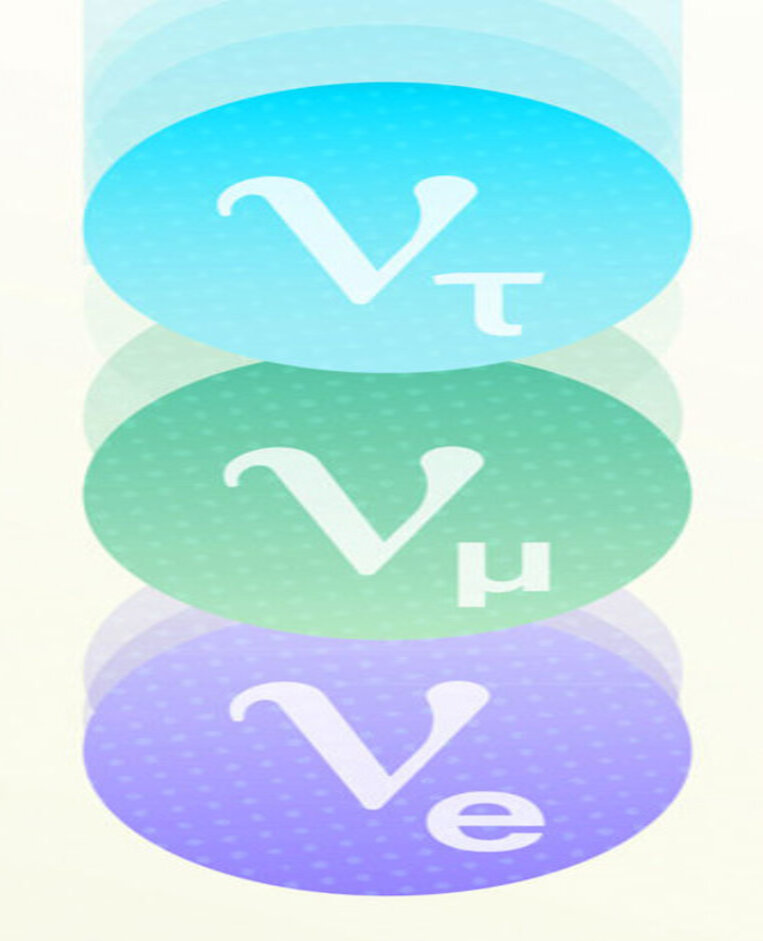 1957 PREDICTED NEUTRINO OSCILLATION
1957 PREDICTED NEUTRINO OSCILLATION 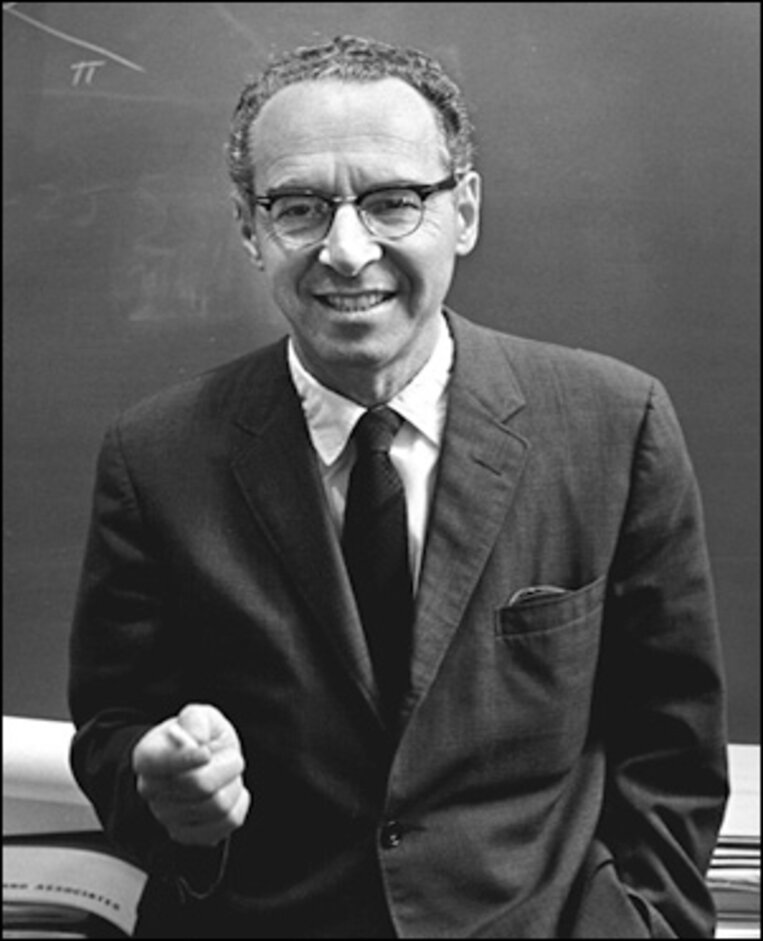 1958 SOUTHPAW NEUTRINOS
1958 SOUTHPAW NEUTRINOS 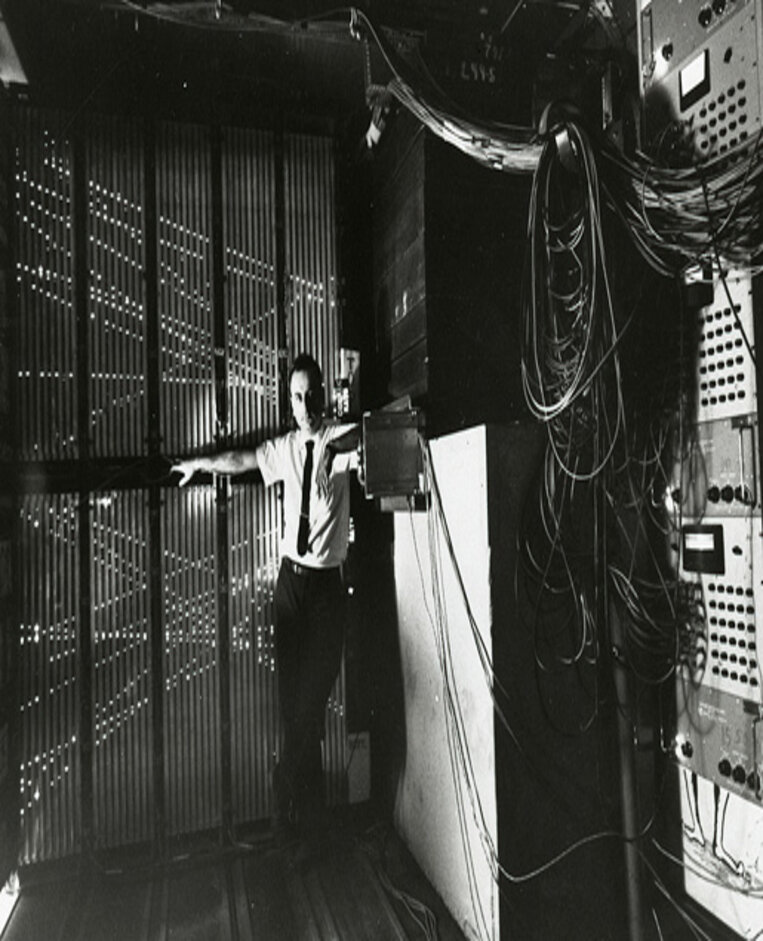 1962 MUON NEUTRINO HAS BEEN FOUND
1962 MUON NEUTRINO HAS BEEN FOUND 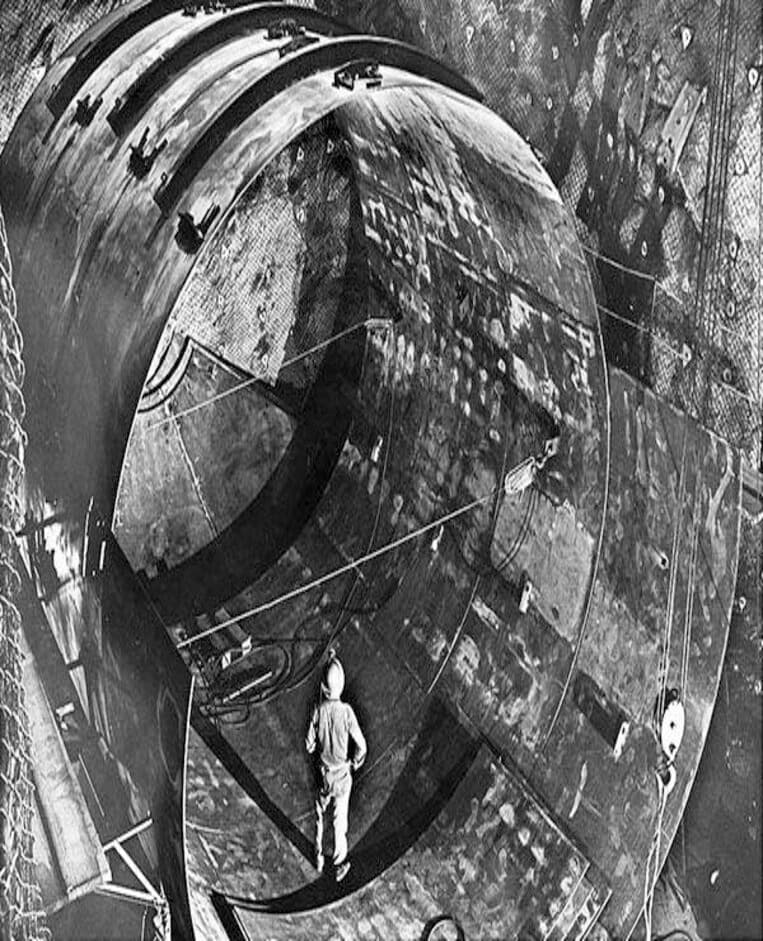 1968 DETECTION OF SOLAR NEUTRINOS
1968 DETECTION OF SOLAR NEUTRINOS 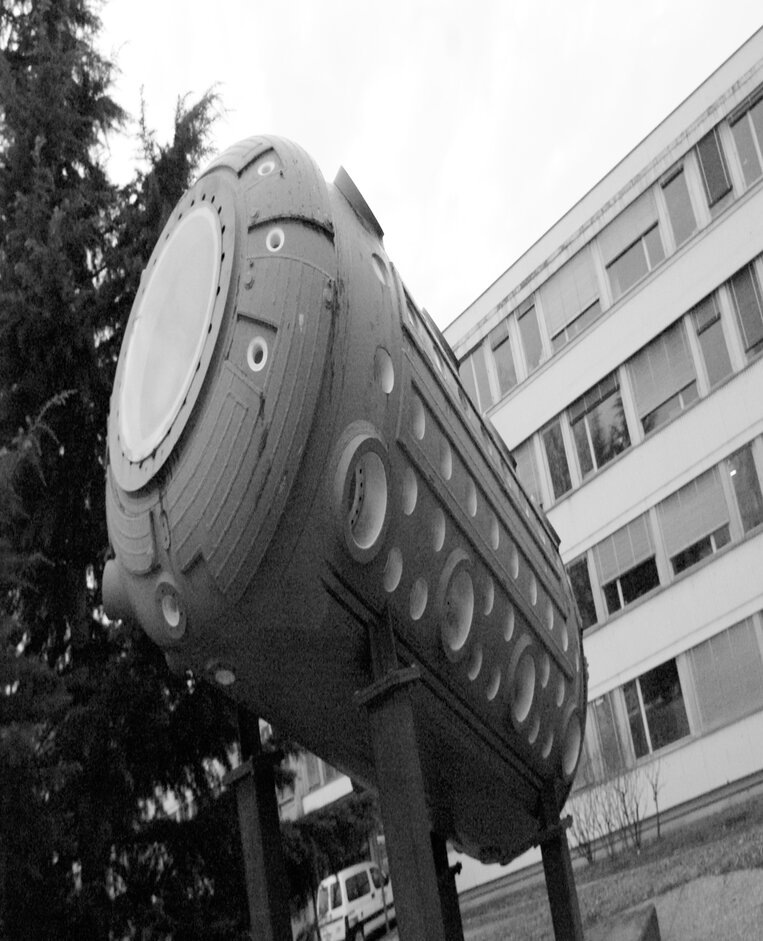 1973 NEUTRINO EXPERIMENT HELPS REVEAL NEW FORCE CARRIER
1973 NEUTRINO EXPERIMENT HELPS REVEAL NEW FORCE CARRIER 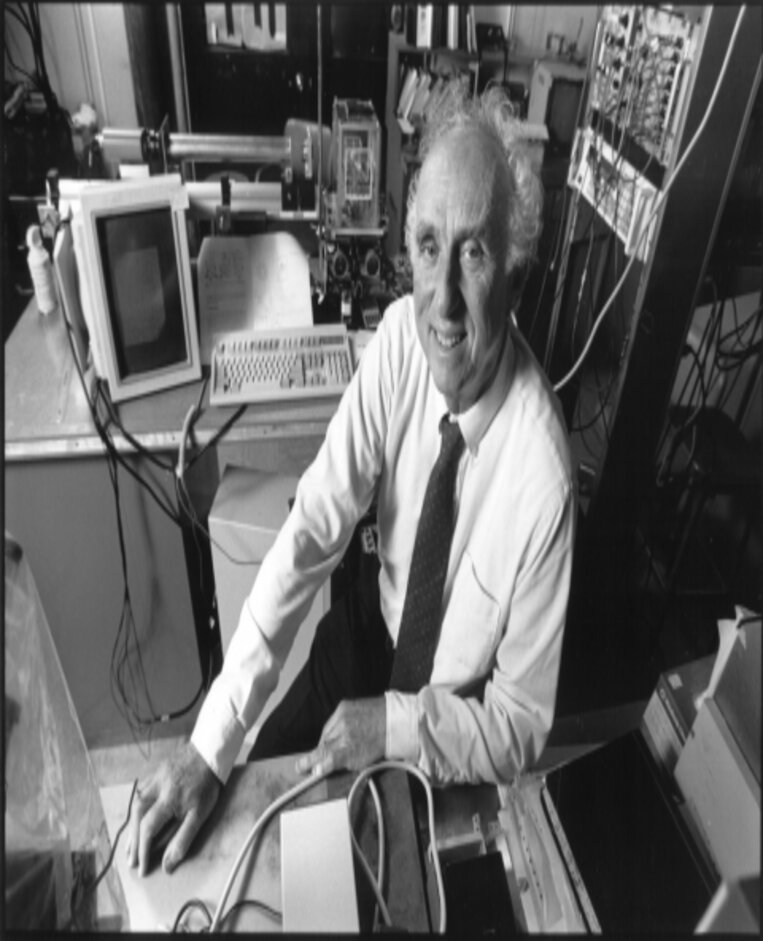 1975 TAU NEUTRINO FORECAST
1975 TAU NEUTRINO FORECAST 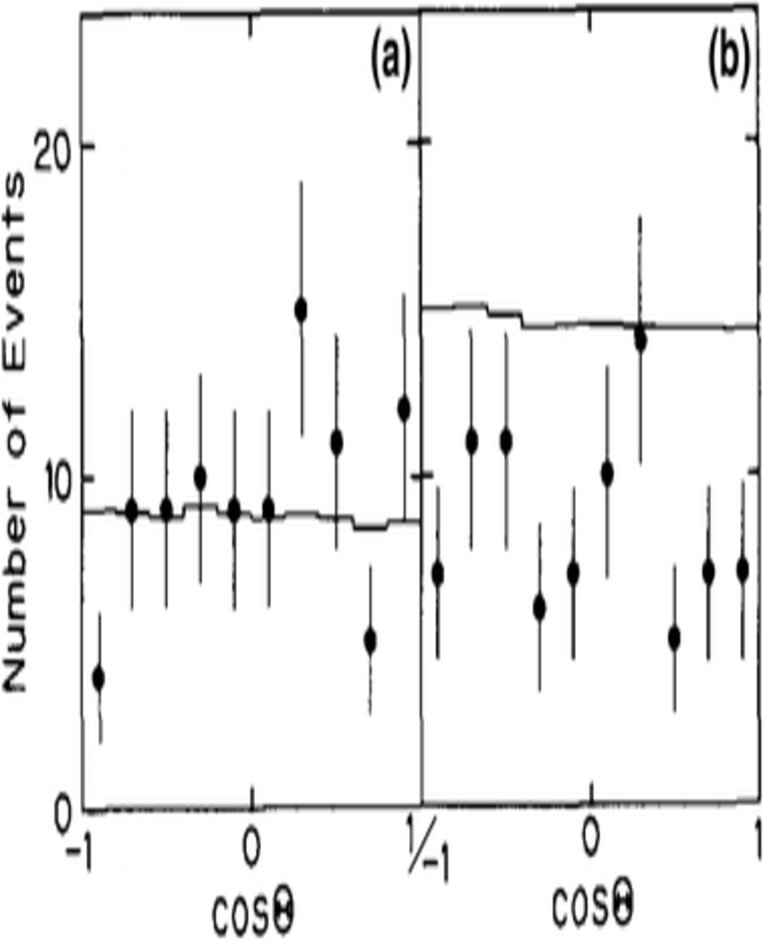 1985 NEUTRINO ANOMALY IN THE ATMOSPHERE
1985 NEUTRINO ANOMALY IN THE ATMOSPHERE 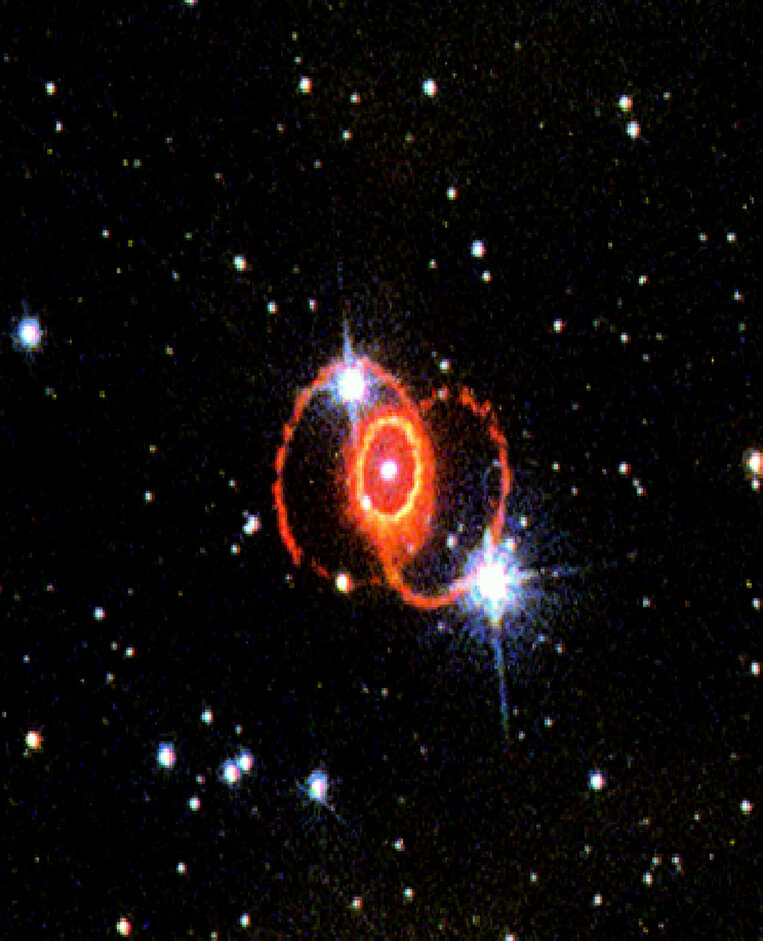 1987 DETECTION OF SUPERNOVA NEUTRINOS
1987 DETECTION OF SUPERNOVA NEUTRINOS 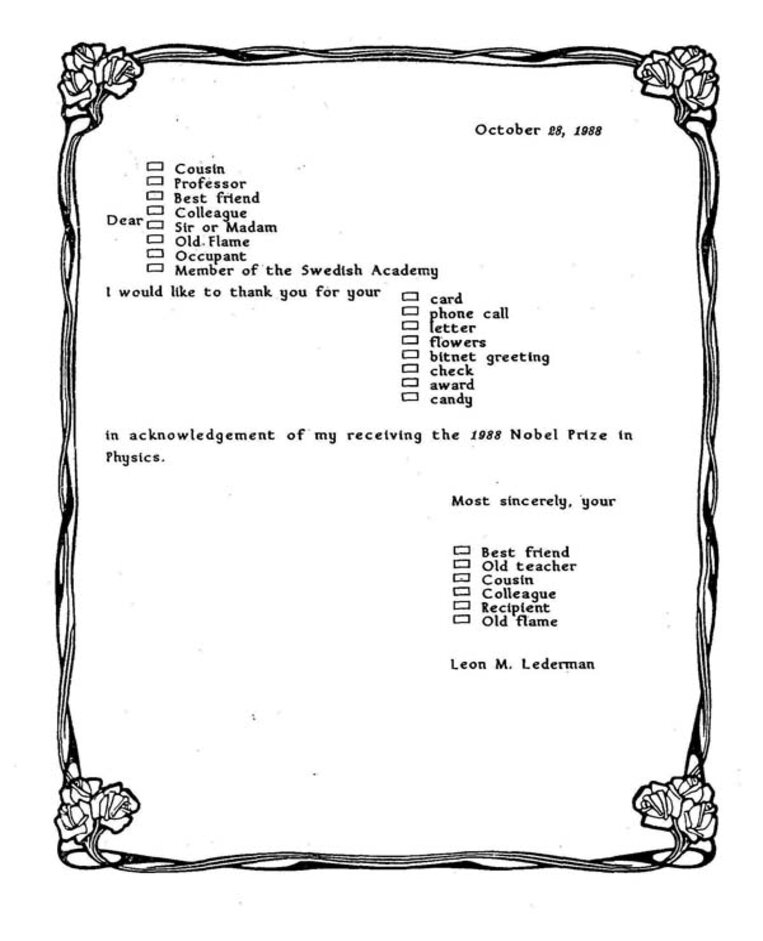 1988 NOBEL IN THE FIELD OF NEUTRINOS
1988 NOBEL IN THE FIELD OF NEUTRINOS 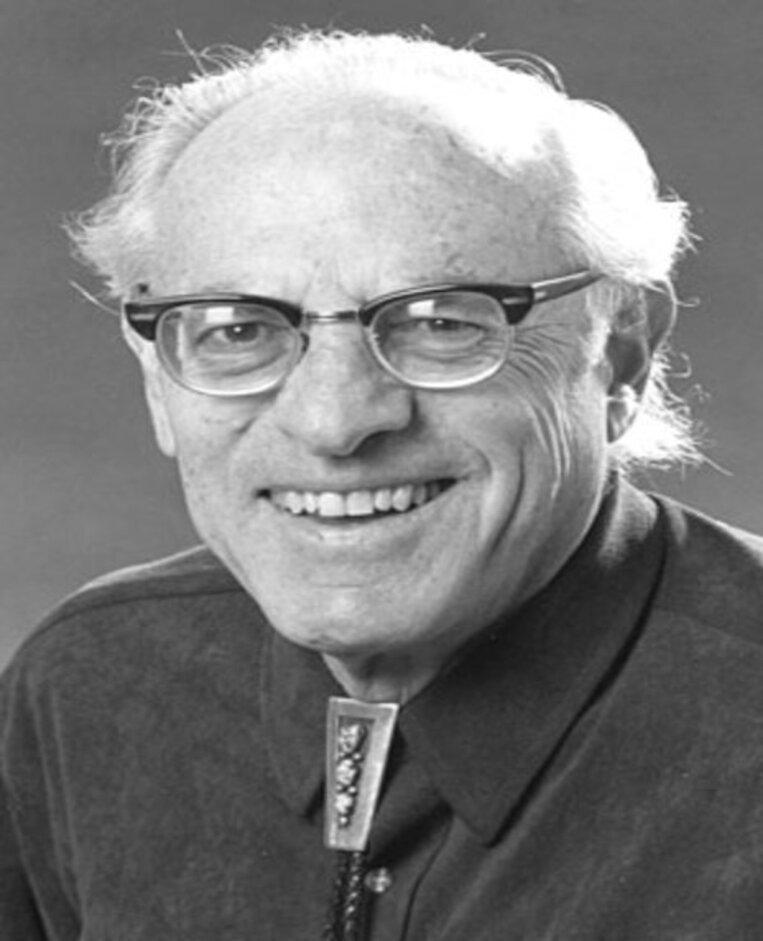 1995 NOBEL IN THE FIELD OF NEUTRINOS
1995 NOBEL IN THE FIELD OF NEUTRINOS  1998 NEUTRINO OSCILLATIONS FOR THE FIRST TIME
1998 NEUTRINO OSCILLATIONS FOR THE FIRST TIME 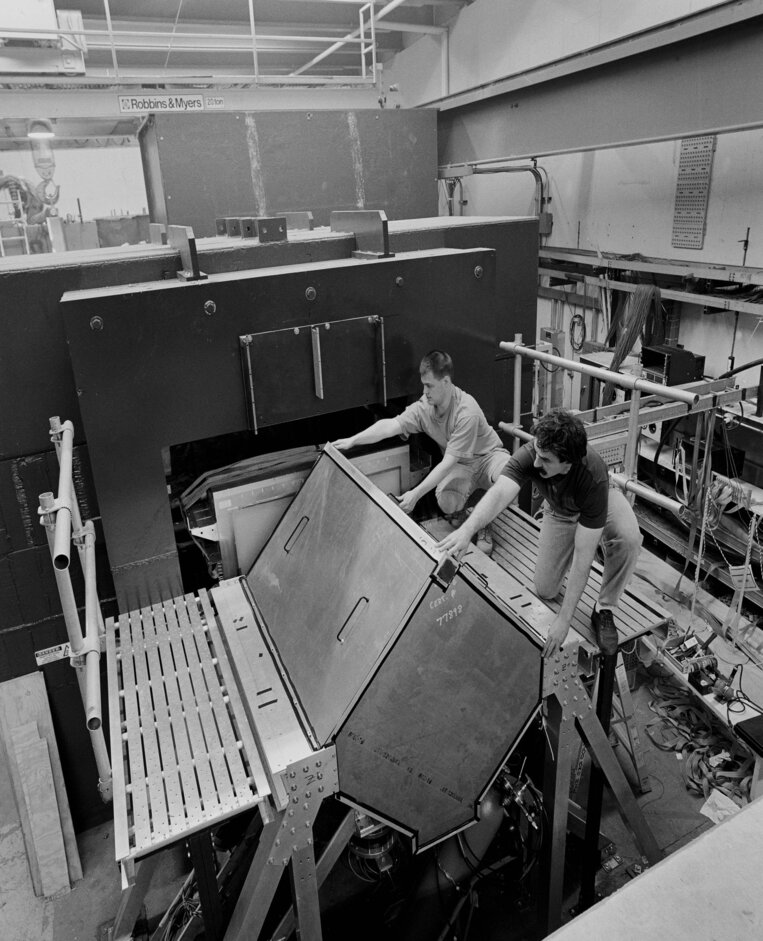 2000 TAU NEUTRINO HAS BEEN FOUND
2000 TAU NEUTRINO HAS BEEN FOUND 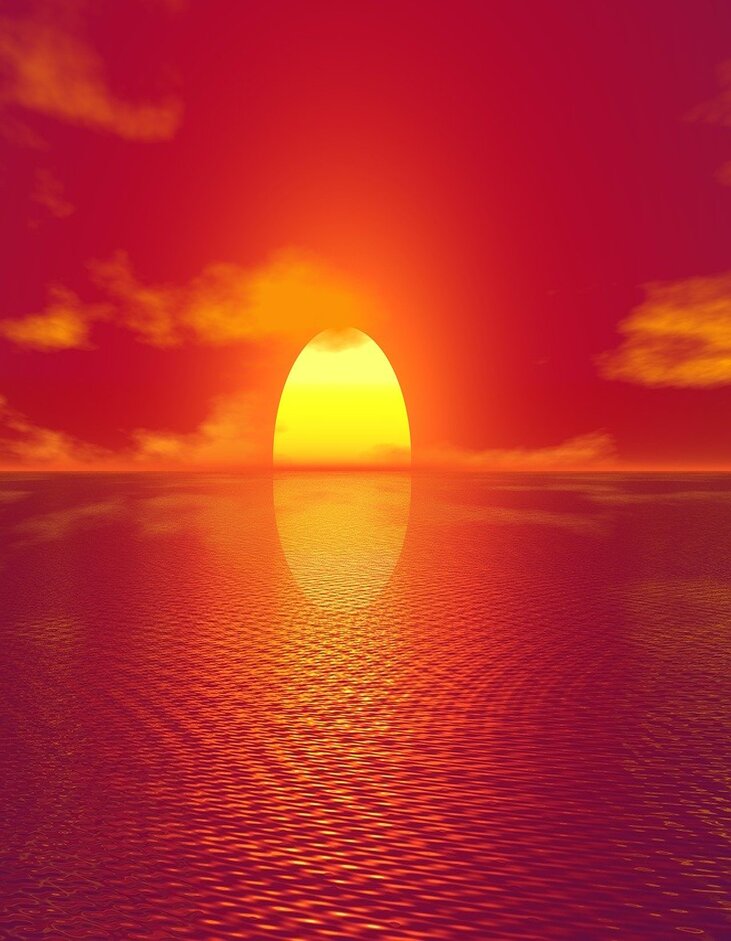 2002 CONFIRMATION OF SOLAR NEUTRINO OSCILLATIONS
2002 CONFIRMATION OF SOLAR NEUTRINO OSCILLATIONS  2002 NOBEL IN THE FIELD OF NEUTRINOS
2002 NOBEL IN THE FIELD OF NEUTRINOS Neutrino experiments and accomplishments
1930 THE FORMATION OF AN IDEA
THE FORMATION OF AN IDEA
Wolfgang Pauli, a theoretical physicist, proposed the presence of a particle similar to the neutrino in 1930 to solve the problem of energy conservation in beta decay. In a letter addressed to „dear radioactive ladies and gentlemen,“ he describes it.
1934 NEUTRINO HAS BEEN DESCRIBED
NEUTRINO HAS BEEN DESCRIBED
The term “neutrino” was popularized by Enrico Fermi, the father of the world’s first nuclear reactor. It’s Italian for “little neutral one,” and it sums up the neutrino’s main characteristics: its absence of charge and its minuscule size. Fermi proposed a hypothesis that contained Pauli’s theorized particle, and it was the first theory of the weak force, one of the four fundamental forces.
1935 NEUTRINOS, DOUBLE BETA DECAY
NEUTRINOS, DOUBLE BETA DECAY
Maria Goeppert Mayer foresaw the possibility of a new type of radioactive decay. In the nucleus of an atom, double beta decay occurs. Two neutrons transform into protons at the same time, releasing two beta particles (electrons) and two neutrinos (in this case, electron antineutrinos).
1937 DESCRIBED MAJORANA PARTICLES
DESCRIBED MAJORANA PARTICLES
Most particles are unique from their antiparticles; for example, a muon and an anti-muon are not the same thing. Neutrinos, according to Ettore Majorana, could be their own antiparticles. Majorana particles were named after the Italian physicist who proposed this peculiar type of particles.
1939 DECAY OF NEUTRINOLESS DOUBLE BETA
DECAY OF NEUTRINOLESS DOUBLE BETA
Wendell Furry combined the theories of Goeppert Mayer and Majorana to propose a new type of radioactive decay: neutrinoless double beta decay. Later experiments would look for this reaction in the hopes of determining if neutrinos can be their own antiparticle. If neutrinos exhibit neutrinoless double beta decay, physicists can conclude that neutrinos are Majorana particles.
1956 EXPERIMENTAL EVIDENCE FOR THE FIRST TIME
EXPERIMENTAL EVIDENCE FOR THE FIRST TIME
As part of Project Poltergeist, a group of scientists led by physicists Frederick Reines and Clyde Cowan of the Los Alamos National Laboratory discovered the first evidence of neutrinos. The neutrino was, and continues to be, regarded as a “ghostly” particle that flitted through matter without leaving much of an imprint. To ultimately catch the ghost, the scientists employed a nuclear reactor, which produces a massive amount of neutrinos. They used a 10-ton detector close to a fission reactor at the Savannah River Plant for five months to collect data. “We are glad to inform you that we have certainly found neutrinos,” they said in a 1956 telegraph to Wolfgang Pauli.
1957 PREDICTED NEUTRINO OSCILLATION
PREDICTED NEUTRINO OSCILLATION
Neutrinos may oscillate, or change from one kind to another, according to Bruno Pontecorvo’s theory. As more flavors of neutrinos were discovered over time, he continued to develop his theory (there was only one known type of neutrino when he first proposed the theory). Pontecorvo also predicted that supernovae, the massive explosions that occur when a star dies, would unleash a massive quantity of energy in the form of neutrinos.
1958 SOUTHPAW NEUTRINOS
SOUTHPAW NEUTRINOS
Scientists at Brookhaven National Laboratory used a tabletop experiment to prove that neutrinos are always left-handed (the direction of their spin is the opposite direction of their motion). For a few thousand dollars, Maurice Goldhaber, Lee Grodzins, and Andrew Sunyar conducted the experiment over two weeks. Scientists have only seen left-handed neutrinos and right-handed antineutrinos to this day.
1962 MUON NEUTRINO HAS BEEN FOUND
MUON NEUTRINO HAS BEEN FOUND
The existence of a second form of neutrino, the muon neutrino, was found by a team of scientists led by Columbia University’s Leon Lederman, Mel Schwartz, and Jack Steinberger. The experiment was carried out at Brookhaven National Laboratory’s Alternating Gradient Synchrotron, which was at the time the world’s most powerful accelerator.
1968 DETECTION OF SOLAR NEUTRINOS
DETECTION OF SOLAR NEUTRINOS
The first experiment to detect electron neutrinos created by the sun, often known as solar neutrinos, was led by Ray Davis, a chemist at Brookhaven National Laboratory. His experiment, which took place in a massive tank deep underground in the Homestake Gold Mine in South Dakota, counted neutrinos using dry cleaning fluid (perchloroethylene). The experiment, however, discovered only one-third of the number of solar neutrinos predicted by astrophysicist John Bahcall, resulting in the “solar neutrino conundrum.” Scientists feared something was wrong with the Davis Experiment or their model of the sun at first, but it was later discovered that their knowledge of neutrinos was incorrect.
1973 NEUTRINO EXPERIMENT HELPS REVEAL NEW FORCE CARRIER
NEUTRINO EXPERIMENT HELPS REVEAL NEW FORCE CARRIER
The Gargamelle experiment at CERN was a bubble chamber filled with freon. In it, scientists observed for the first time the neutral-current scattering of a neutrino off an electron. This was a weak interaction in which the particles didn’t exchange electric charge. The experiment indicated the existence of a new force carrier, later discovered to be the Z boson (one of the fundamental particles in the Standard Model).
1975 TAU NEUTRINO FORECAST
TAU NEUTRINO FORECAST
After Martin Perl and colleagues at SLAC National Accelerator Laboratory discovered the charged tau lepton, they hypothesized the existence of the tau neutrino. The tau is the heaviest member of a family of three electron-related particles. The electron and muon, as well as electron and muon neutrinos, were already known. The tau neutrino, according to the parallel structure, should be added to the neutrino family now that the tau has been proven. It wasn’t until the DONUT experiment at Fermilab in 2000 that this particle was detected experimentally.
1985 NEUTRINO ANOMALY IN THE ATMOSPHERE
NEUTRINO ANOMALY IN THE ATMOSPHERE
Atmospheric neutrinos, which are produced when cosmic rays collide with particles in our atmosphere, were discovered by the Kamiokande team in Japan and the IMB (Irvine, Michigan, Brookhaven) collaboration in the United States. The experiments discovered a lower ratio of muon neutrinos to electron neutrinos than expected, echoing the solar neutrino problem. The “atmospheric neutrino anomaly” was coined to describe this phenomenon.
1987 DETECTION OF SUPERNOVA NEUTRINOS
DETECTION OF SUPERNOVA NEUTRINOS
When some stars die, they explode in a brilliant blaze. Neutrinos emit a large quantity of energy (around 99 percent). Supernova 1987A released neutrinos, which were detected by the Kamiokande and IMB collaborations in 1987. This was the first time supernova neutrinos were discovered. Because neutrinos depart the core of supernovae faster than photons, neutrinos reach Earth before the supernova’s light does. SNEWS, the Supernova Early Warning System, was created as a result of this discovery. This project (which has been functioning in automatic mode since 2005) connects neutrino experiments all over the world and notifies astronomers if a supernova neutrino burst is detected in several detectors. This allows optical scientists to point their telescopes at the supernova and collect more data.
1988 NOBEL IN THE FIELD OF NEUTRINOS
NOBEL IN THE FIELD OF NEUTRINOS
The discovery of the muon neutrino earned Leon Lederman, Mel Schwartz, and Jack Steinberger the Nobel Prize in Physics in 1988. According to the Nobel Prize news release: “The work that has now been recognized was completed in the 1960s. It led to breakthroughs that opened up whole new avenues for research into matter’s underlying structure and motion. The prize-winning work removes two major roadblocks to further research into weak forces, one of nature’s four basic forces.”
1995 NOBEL IN THE FIELD OF NEUTRINOS
NOBEL IN THE FIELD OF NEUTRINOS
The discovery of the electron neutrino earned Frederick Reines a share of the Nobel Prize in Physics in 1995. Martin Perl received the rest of the money for discovering the tau lepton. Clyde Cowan passed away in 1974, making him ineligible for the Nobel Prize, which is not given posthumously. “Frederick Reines’ and Clyde L. Cowan’s first sighting of neutrinos was a pioneering contribution that opened the doors to the realm of “impossible” neutrino investigations,” according to the press release.
1998 NEUTRINO OSCILLATIONS FOR THE FIRST TIME
NEUTRINO OSCILLATIONS FOR THE FIRST TIME
To examine numerous physics events, the Super-Kamiokande experiment in Japan used a giant subterranean detector filled with ultrapure water. The first evidence of neutrino oscillations was revealed by the team in 1998, implying that neutrinos must have mass (something Bruno Pontecorvo had suggested decades before). Some air muon neutrinos vanished as they went to the one-kilometer-deep detector, oscillating into a different flavor, according to the experiment.
2000 TAU NEUTRINO HAS BEEN FOUND
TAU NEUTRINO HAS BEEN FOUND
DONUT (Direct Observation of a Nu Tau Neutrino) was a Fermi National Accelerator Laboratory experiment. To generate a concentrated stream of neutrinos, the cooperation employed the Tevatron, the world’s most powerful particle accelerator at the time. The tau neutrino, the third type of neutrino, was found experimentally by the DONUT project. Only one in a billion tau neutrinos collided in the detector, leaving a trace that physicists could identify. Scientists discovered four tau neutrinos, a modest but substantial amount.
2002 CONFIRMATION OF SOLAR NEUTRINO OSCILLATIONS
CONFIRMATION OF SOLAR NEUTRINO OSCILLATIONS
The Sudbury Neutrino Observatory was a Canadian experiment that employed heavy water in a deep underground detector to detect neutrinos. The collaboration released conclusive evidence of solar neutrino oscillation in 2002, after originally announcing the phenomena in 2001. This was the definitive answer to Ray Davis’ solar neutrino problem: when they got to Earth, neutrinos from the sun changed from electron to various flavors.
2002 NOBEL IN THE FIELD OF NEUTRINOS
NOBEL IN THE FIELD OF NEUTRINOS
Ray Davis and Masatoshi Koshiba earned half of the Nobel Prize in Physics in 2002 for discovering cosmic neutrinos. Koshiba led the team of researchers who validated Davis’ earlier findings at the Kamiokande detector in Japan (and also captured neutrinos from Supernova 1987a). “This year’s Nobel Laureates in Physics have used the universe’s tiniest elements to better grasp the universe’s largest: the Sun, stars, galaxies, and supernovae.” According to the news release, “new understanding has transformed the way we view the universe.” “Davis and Koshiba’s study has resulted in surprising discoveries as well as a new, intensive field of inquiry called neutrino-astronomy.

